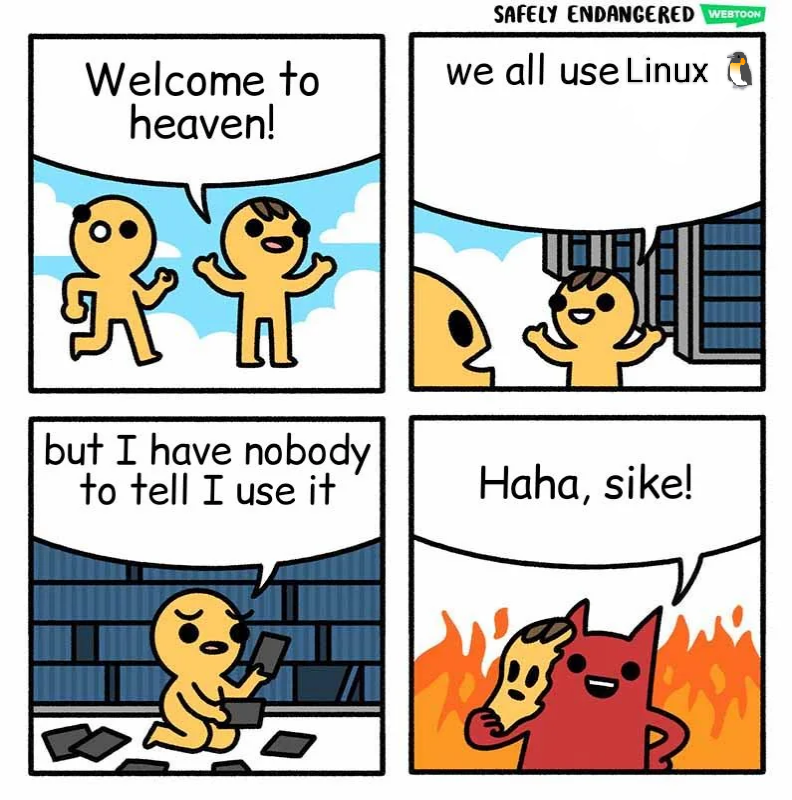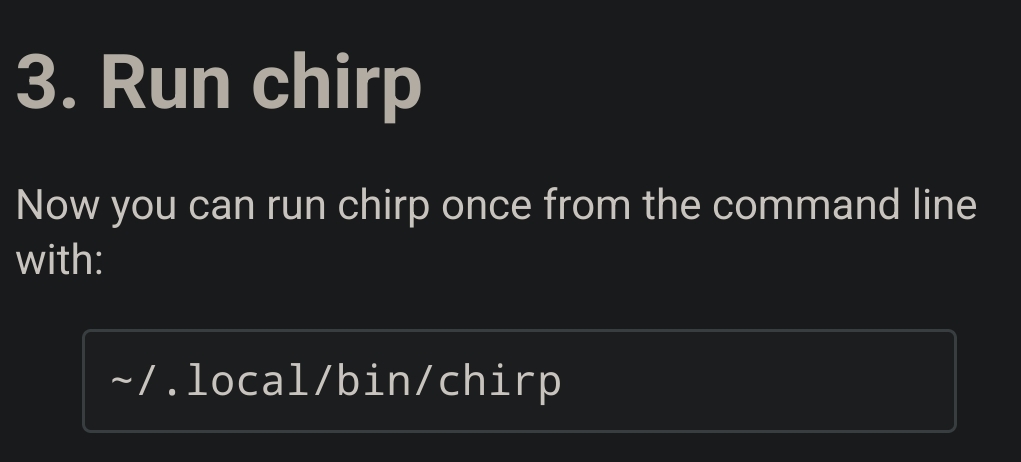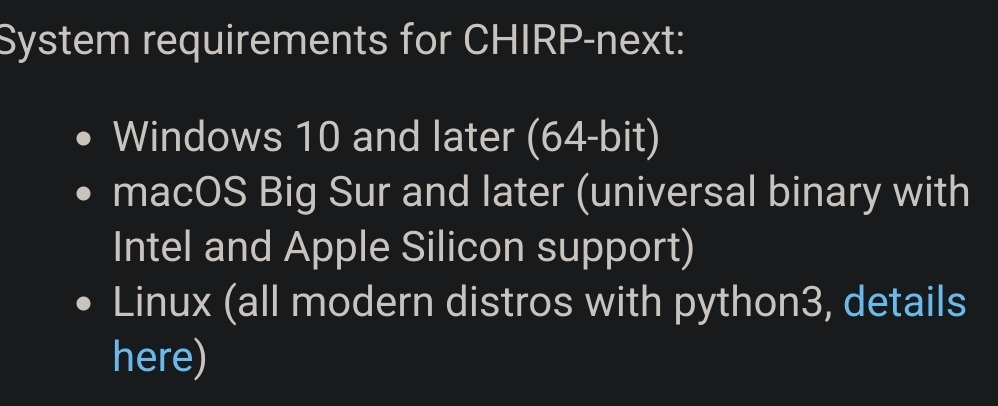

Kudos for putting together good reasons that you don’t like PPA, while also acknowledging that Mozilla is trying to solve a problem.
Yours is one of the very few reasonable objections I’ve read IMO - when the PPA outrage first erupted, I read through how it worked. Unique ID + website unaware of interaction, but browser recognizing, then feeding it to an intermediate aggregator that anonymizes data by aggregating from multiple users without sharing their IDs, with the aim of trying to find a middle ground seems fair to me. Especially with the opt-out being so easy.
However, your points about classes clickbait encouragement, SEO feeding, and the uncertainty that this will solve the web spamminess as it is are valid concerns.
















Because hosting costs money, and sustainable services need revenue sources.
News we read was put together by a team of journalists, editors, etc.
Video streaming takes a lot of storage, bandwidth, processing, licensing.
And so on.
Price gouging is bad, but reasonable income is necessary.
Billboard ads that don’t target users and don’t track effectiveness are dangerous financially for advertisers, and would pay much less to ad hosters.
Anonymous, aggregated tracking is a healthy compromise.